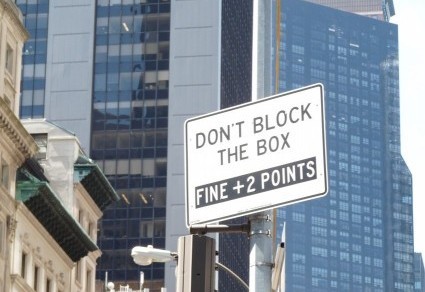Punctuation: very small marks governed by a very big set of rules, many of which don’t even have the grace to stay the same from one country to another. Caring about hyphens and apostrophes takes pickiness to a new height, doesn’t it? Yet I can’t help wishing that someone had edited these headlines and labels a little more carefully.
I dare you to decode this one on first reading:

I’ve read it several times, as well as the accompanying article, and I still don’t know who’s who and where they are. I get that someone’s in-house and someone’s at home, and I’m sure that neither is Nureyev, the ballet superstar who died in 1993. Also, why hyphenate in-house? A small consolation is that the apostrophe is used correctly. Not so in this label:

I don’t know how many coffee beans are in the jar, but I do know that I don’t want to be our (or anyone’s) guess. Nor do I want to make 3 guess’s.
If only I could poach the apostrophe from guess’s and insert it below:

Your more? Advertiser, you’re better than that! And if you’re not — well, call me picky, but in that case I’d rather be just a number.




